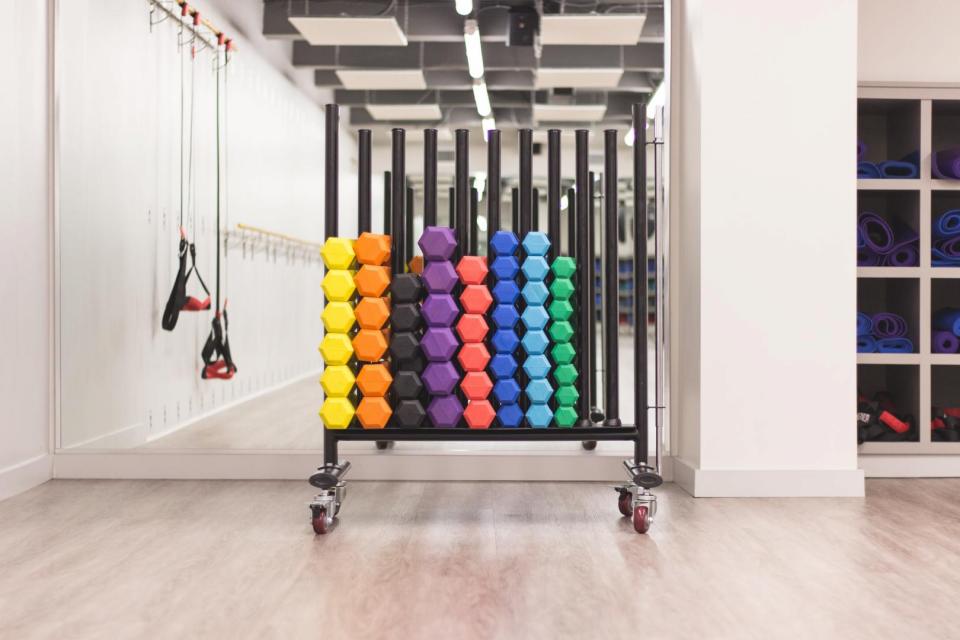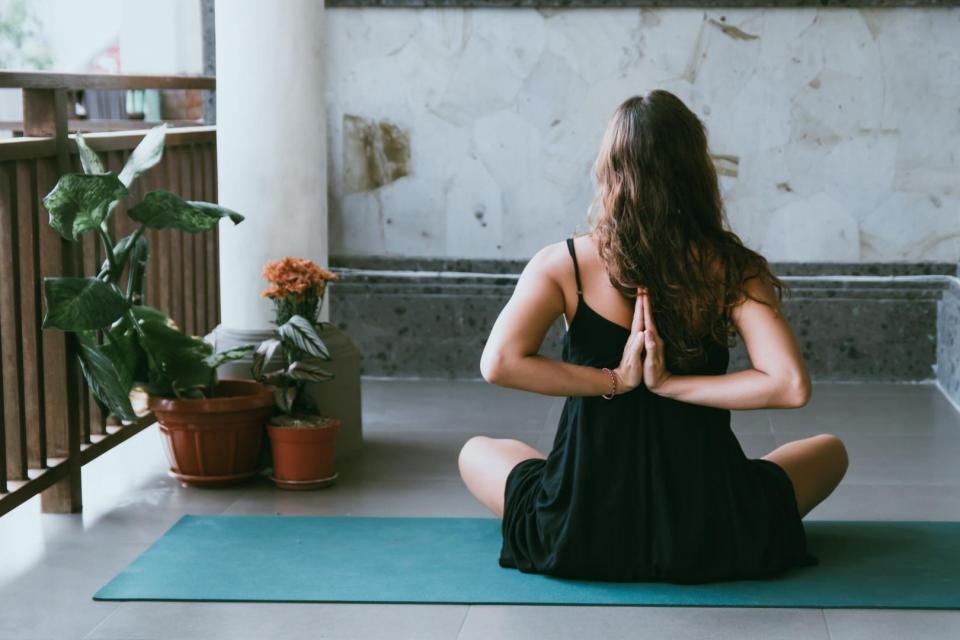These Are The Best Exercises For People Struggling With Depression

Unsplash/Paola Chaaya
When you’re stuck in the middle of a major depressive episode, the last thing you feel like doing is gearing up for a sweaty workout, right? However, researchers have long suggested that exercise is the best all-natural defense against mild to moderate clinical depression, thanks to its serious ability to boost feel-good hormones, reduce horrible-feeling stress and more.
So the next time you feel yourself sinking into your dark, unhappy place, consider pushing your body a bit to do the opposite because this underused treatment method could be just what the doctor ordered. And the exercises below are definitely the best places to start.
Go for a jog.

Unsplash/Camila Cordeiro
They call it a “runner’s high” for a reason. Sustained aerobic activity releases a rush of endorphins in your brain, which provides a sense of euphoria and joy while simultaneously decreasing pain sensitivity. What could be better than that? And you don’t have to move for very long — just 20 or 30 minutes will do the trick. There isn’t an ideal pace or anything, either. Just keep moving. Ideally, jog it out most days of the week to feel the biggest benefits.
Or just log a nice, long walk.

Unsplash/Jon Flobrant
If running just feels a completely impossible challenge to undertake, opt for walking instead. You’ll reap similar aerobic exercise benefits without the added stress or pressure of really pushing your body beyond what it might be ready to do. Plus, you’ll be more likely to keep up with a daily walking regimen. You can go the simple neighborhood walking route or immerse yourself in nature on some mild hiking paths. Either way, getting outside and mobile will work wonders for your depression symptoms.
Lift some weights.

Unsplash/Ricardo Estefanio
If you can muster up the motivation to head to the gym, give some strength training exercises a try. It might sound like a bizarre way to counter depression, but its focal points tend to provide what people struggling with depression feel like they lack in their lives. According to clinical psychologist and family therapist Leslie Seppinni, Ph.D., “Strength training is about mastery and control. It requires full attention and concentration. More importantly, people can see the results, the outline of the muscles forming, from dedication and training.”
Take a yoga class.

Unsplash/Avrielle Suleiman
The popularity of yoga as a reliever of depression surged in the past few decades — and with good reason. Yoga has the ability to reduce the impact of your body’s stress response, which can substantially alleviate depression symptoms. Not to mention, there are countless types of yoga to choose from. From quicker, flowing movement styles to deep stretches held for long periods of time, yoga offers something for everyone no matter what their needs may be. And the barrier to entry is now lower than ever as yoga studios pop up all over the world and most gym chains offer yoga classes as a component of their membership packages.
Go for a swim.

Unsplash/Haley Phelps
Swimming is one of the most therapeutic forms of exercise available to us. It’s an aerobic activity that enables your relaxation response. The rhythmic breathing and strokes lull your body into a state of weightless stability and support, allowing your mind to open, leaving those ruminating thoughts that don’t serve you back on dry land. There isn’t an intensity requirement to feel the benefits of this movement, either. So long as you show up for your scheduled lap time, you’ll leave feeling better than when you arrived.
The most important thing when it comes to exercise and depression is identifying what you actually enjoy doing and leaning into that. Finding the will to move can be one of the most difficult parts of battling this mental health condition, so there’s no need to make fitness even more challenging than it needs to be. Pick an activity that peaks your interest, and rather than looking at it as another thing on your to-do list, treat it like one of your tools that is going to help you feel better in both the short and long term.











